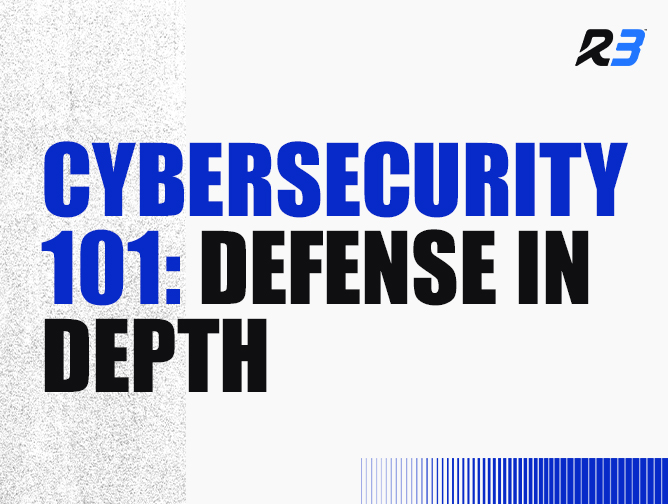It’s not an exaggeration to say that most organizations are frequently under attack, As a cybersecurity company we have seen attempts and thwarted them and we’ve been brought on post-incident to remediate the after effects of a successful attack. In that sense, the importance of implementing robust cybersecurity measures cannot be overstated.
The concept of “Defense in Depth” is a strategy that ensures multiple layers of security controls and measures are in place to protect information systems and data from cyber threats. This multifaceted approach is akin to a series of defensive walls, where if one layer fails, another stands ready to thwart potential breaches.
Below, we explore the critical layers where protections are essential for a resilient cybersecurity posture.

Download Azure Cost Management Guide
Download the complete guide to Azure Cost Optimizations and learn about tips, tricks, and tools that will help you monitor, manage, and save money in the cloud.
Endpoint Security
Endpoint security is a critical component of an organization’s cybersecurity strategy, focusing on protecting the endpoints, or entry points, of end-user devices such as desktops, laptops, and mobile devices from being exploited by malicious actors and campaigns. As the number of devices connected to an organization’s network continues to grow, so does the attack surface that cybercriminals can exploit.
Email Security
Email remains one of the most common vectors for cyberattacks, with phishing, spear-phishing, and ransomware posing significant threats. Email security solutions are designed to intercept email threats before they reach the user, employing techniques such as anti-spam filtering, anti-malware scanning, phishing detection, and content filtering. Advanced solutions may also include sandboxing capabilities to analyze suspicious attachments and links in a contained environment, preventing harm to the actual network.
Network Perimeter (Firewall)
Firewalls act as gatekeepers for your network, controlling incoming and outgoing traffic based on predetermined security rules. By filtering traffic at the network perimeter, firewalls prevent unauthorized access and limit the exposure of vulnerable internal resources to external threats. Next-generation firewalls (NGFWs) go beyond traditional packet filtering, incorporating features like intrusion prevention systems (IPS), deep packet inspection (DPI), and application-level inspection to provide more granular security controls.
Cloud Infrastructure (e.g., Office 365)
As organizations increasingly migrate to cloud services like Office 365, securing cloud infrastructure has become paramount. Cloud security encompasses a broad range of policies, technologies, applications, and controls utilized to protect cloud data, applications, and infrastructure. Effective cloud security measures include data encryption, access control, threat intelligence, and secure configurations. Additionally, it’s crucial to leverage the shared responsibility model, understanding the security responsibilities of the cloud provider versus the organization to ensure comprehensive protection.
People: The Human Element of Cybersecurity
Often referred to as the weakest link in the cybersecurity chain, the human element can either be a source of vulnerability or a powerful line of defense. The role of people in maintaining cybersecurity cannot be understated, as even the most advanced security technologies can be bypassed through social engineering attacks, phishing, or simple human error. Therefore, fostering a culture of security awareness and training among all members of an organization is crucial.
What does it all mean?
The Defense in Depth strategy emphasizes the need for multiple layers of security to protect against cyber threats effectively. By implementing robust measures across endpoints, leveraging antivirus software, securing the network perimeter, safeguarding email communications, and fortifying cloud infrastructure, organizations can significantly reduce their vulnerability to cyberattacks. This approach to cybersecurity ensures that even if one layer is compromised, additional layers of defense are in place to protect valuable data and maintain the integrity of information systems. Embracing Defense in Depth is not just about deploying technologies; it’s about fostering a culture of security awareness and continuous improvement to navigate the complexities of the digital age safely. In the coming months we will be exploring each of these layers in depth to foster a holistic understanding of the importance, and options for defending each of them.






